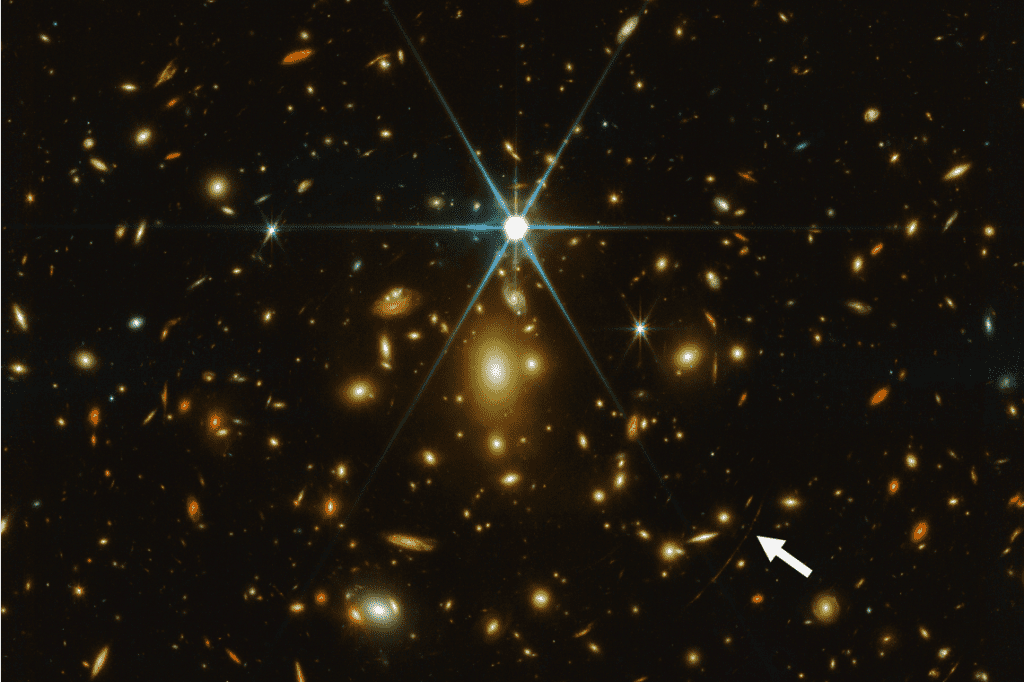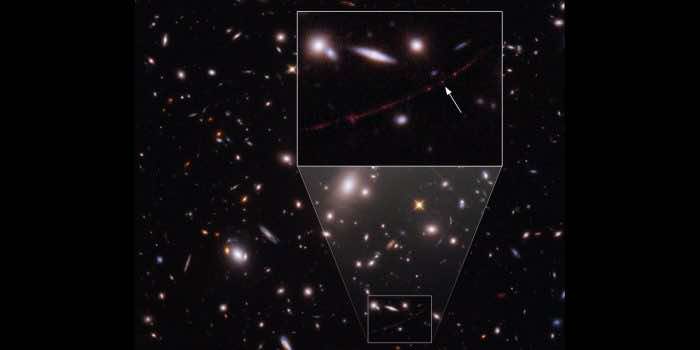The James Webb Telescope never fails to amaze us, and this time, it came with another fascinating piece of news. The JWST again strike a familiar chord of being an incredible marvel of technology and captured the most distant star in the universe. The images look like an absolute blast and make us ponder the telescope’s extraordinary capabilities. This distant star is about 12.9 billion light years away from the Earth, and it’s certainly a marvel to witness.
This distant star has been named “Earendal” by a group of astronomers. They posted the image of the spectacular feat on their Twitter account under the name “Cosmic Spring JWST”. The name was inspired by a character in JRR Tolkien’s novel “The Silmarillion”. The account regarded the images as “the most distant star known” in the universe. But here comes an interesting point to discuss. You would be amazed to know that these images of the most distant star have not been revealed for the first time.

In March, the Hubble Space Telescope revealed the star and demonstrated its images to the public for the first time. So technically speaking, the James Webb Telescope has pointed to this distant star encapsulated within the cluster of galaxies for the second time, right after the Hubble Space Telescope made the achievement. Along with this, NASA also claimed that the star “existed within the first billion years after the Big Bang”.
The Cetus constellation is the cluster within which this star is positioned. If we get into a more precise location, then the Sunrise Arc galaxy is the exact pinpoint that marks the location of this distant star. However, it should be noted that the Sunrise Arc galaxy has been given the name due to its “crescent shape”. It is important to note what makes James Webb’s Telescope spot such a distant star. It has been reported that due to its magnanimous tendency of “gravitational lensing”, the telescope successfully found the star.

According to Dan Coe at the Space Telescope Science Institute in Maryland, “That’s a really lucky alignment. Nobody’s ever seen a star this highly magnified, not to mention a galaxy.” Hence, it is an incredible scientific feat of its own. By realizing that the James Webb Telescope has revealed such impressive specifications just at the start of its career, we can say that the future is bright regarding space exploration.


